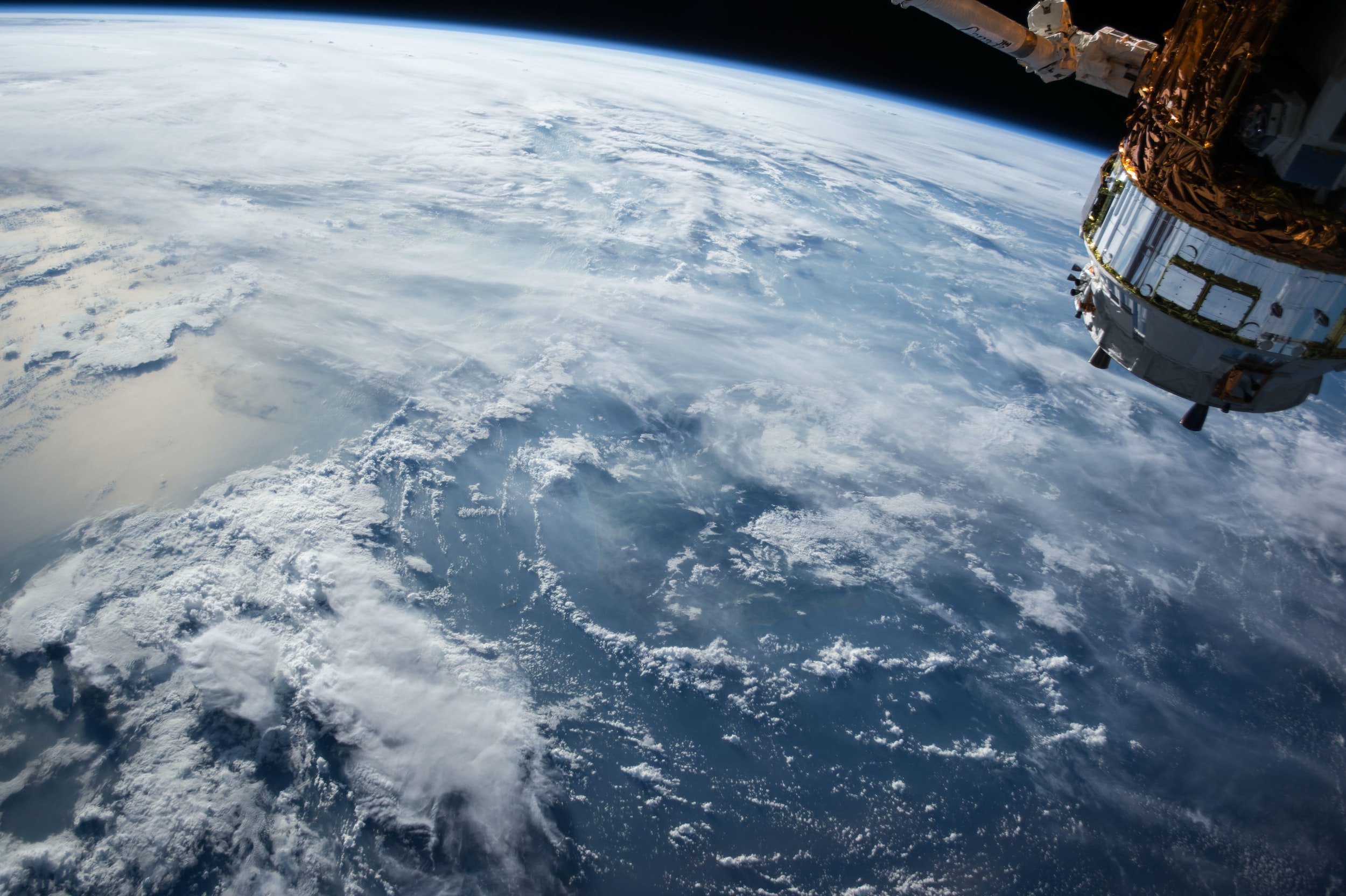
FAQ
We were born into gravity, and we have developed, grown, and optimized ourselves, our activities and our equipment for Earth gravity. Within just the last few generations, we have begun to learn about microgravity, and the continuous “free fall” experienced while in orbit around the Earth, Sun, Moon or other places beyond Earth. gravityLab provides the opportunity to program gravity to any level we might need, or want to explore. This raises many questions and opportunities, which you can explore below.
-
In the same way that you can swing a pail of water over your head and not spill a drop, this same principle can be used to create gravity in space.
-
We need to go to space to create “partial” gravity (less than one) because on Earth, there is always 1g. For example, with the pail swing over your head, say you’re able to swing the pail fast enough to create “1.5g.” Above your head, the water in the pail would be experiencing 0.5g, because 1g down + 1.5g up = 0.5g — enough to keep the water in the pail. However, at the bottom of the swing, the pail would be experiencing 1g down plus 1.5g down = 2.5g total. You might be able to create 0.5g very briefly, but not long enough for anything useful other than keeping you from getting wet!
-
gravityLab uses a free-flying, independent satellite to host its partial gravity environment. Among many advantages, this allows for a frequent (quarterly) launch cadence, a significantly larger experiment volume, longer duration experiments (up to a year or more), as well as the opportunity to perform experiments which may be hazardous to station crew.
-
Certainly! We’re experienced spacecraft engineers, and would be happy to partner with you in proposals, requirements, budgeting, scheduling, prototyping, and development of your flight experiment in our partial gravity research facility.
-
We are preparing to launch the first mission, gLab-1 in the fall of 2024 on board one of the routine SpaceX Transporter missions, or any similar launch capability. After our initial mission, we anticipate deploying missions on a regular cadence, as often as quarterly.
-
Initially, gravityLab spacecraft will burn up in the atmosphere after completing their missions. When our commercial partners have completed their re-entry vehicle offerings, we can integrate returning a partial-gravity specimen to your lab, if required for your investigation.
-
It will always be easier and more cost effective to “walk down the block” than “travel across the country.” While the Moon is nearby, Low Earth Orbit (LEO) is even closer with many more scheduled routes and significantly lower cost and complexity. We recognize that frequent and cost-effective partial gravity research in LEO can be a great way to ensure that payloads deployed to the Moon and Mars can perform their best.
